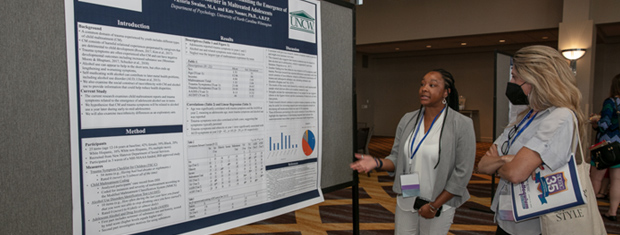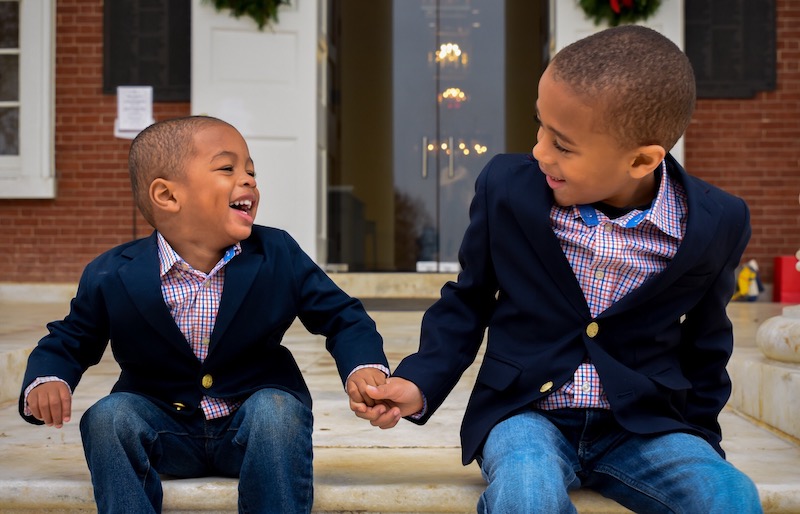




The APSAC Advisor is a peer reviewed quarterly news journal for professionals in the field of child abuse and neglect.
The APSAC Advisor provides succinct, data-based, practice-oriented articles that keep interdisciplinary professionals
informed of the latest developments in policy and practice the field of child maltreatment. It is designed to highlight
best practices in the field and publish original articles and current information about child maltreatment for professionals
from a variety of backgrounds including medicine, law, law enforcement, social work, child protective services, psychology,
public health and prevention in the U.S.
 If you wish to learn more about submitting an article to the Advisor, please click here.
If you wish to learn more about submitting an article to the Advisor, please click here.
This library contains Advisor issues dating back to the first issue in 1988. The most recent issue appears at the top.
Scroll down to select past issues by year and issue number. Once a publication appears in the box, you
can use the Enlarge button to open the document in a new window or tab (depending on how your browser is set up).
This will allow you to view the document with larger print.
To print a document, first use the Enlarge button to open the document in a new window or tab. Then use your browser's Print command.
To return here from a new tab, close the tab. To return from a new window, click your browser's Back button.
In the listing below, click on a year and issue number to see the articles in that publication.
1990 Number 3
Professionals from medicine, psychiatry, social work, and psychology often testify for the state as expert witnesses in child abuse litigation. For professionals new to the role of expert witness, and for many veterans of the witness stand as well, no aspect of testifying causes more anxiety than cross-examination.
Supreme Court Decides Two Important Child Abuse Cases
On June 27, 1990, the US. Supreme Court decided two important child abuse cases in ways professionals who work with abused children can feel good about: one case dealt with children's statements during interviews, and the other with the constitutionality of allowing traumatized children to testify via closed circuit television.
Some Thoughts on Child Neglect
A majority of reports of child maltreatment and about half of the fatalities due to child maltreatment involve child neglect. Despite its apparent importance, neglect has been largely ignored in favor of abuse, and its definition and assessment remain matters of considerable confusion.
Medical Signs Which May Mimic Sexual Abuse
Between ten and twenty-five percent of children are sexually abused, Not surprisingly, physicians are increasingly asked to examine children for physical signs of possible sexual abuse, A diagnosis of sexual abuse has serious consequences for the child, family, and suspected offender
As institutions serving children of every race, creed, ethnic, and socio-economic group, schools are ideal settings in which to combat the widespread problem of child abuse, Teachers are the primary agents in this struggle.
The McMartin Case and the Parents’ Dilemma
Should parents let their children testify in cases of child sexual abuse? The verdicts from the McMartin Preschool case must telegraph to every parent doubt about whether the agony is worth it.
The Dissociatively Disordered Child
Dissociative disorders, including multiple personality disorder, are frequently associated with chronic childhood abuse. Defensive dissociation keeps overwhelming emotions, thoughts, and sensations from conscious awareness, enabling youngsters in intolerable circumstances to function. Unfortunately, it may become so extreme that it defeats its own purpose and dramatically inhibits functioning and development.
The purpose of Journal Highlights is to alert readers to current literature on child abuse. Selected articles from journals representing the variety of disciplines reflected in APSAC s membership are presented in the form of an annotated bibliography.
APSAC Advisor 3(3) - Full Issue